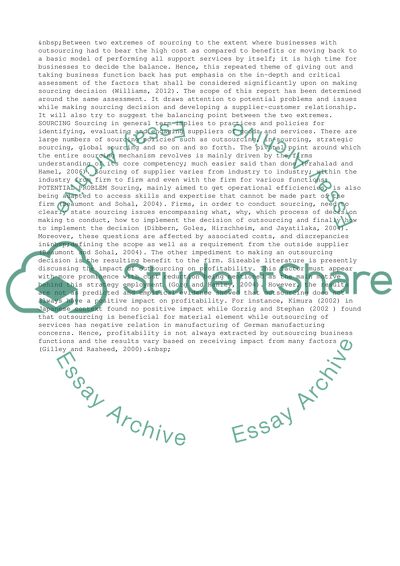Cite this document
(“Back to reality read this article, and write a report Essay”, n.d.)
Retrieved from https://studentshare.org/business/1459882-back-to-reality-read-this-article-and-write-a
Retrieved from https://studentshare.org/business/1459882-back-to-reality-read-this-article-and-write-a
(Back to Reality Read This Article, and Write a Report Essay)
https://studentshare.org/business/1459882-back-to-reality-read-this-article-and-write-a.
https://studentshare.org/business/1459882-back-to-reality-read-this-article-and-write-a.
“Back to Reality Read This Article, and Write a Report Essay”, n.d. https://studentshare.org/business/1459882-back-to-reality-read-this-article-and-write-a.


